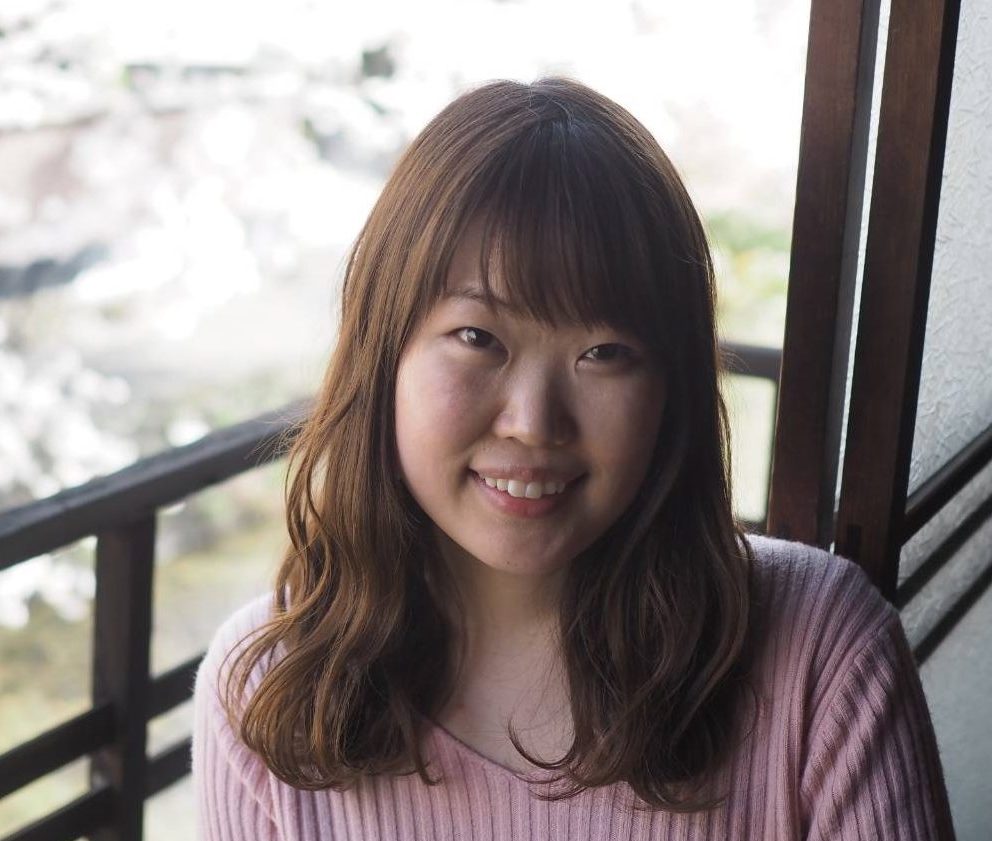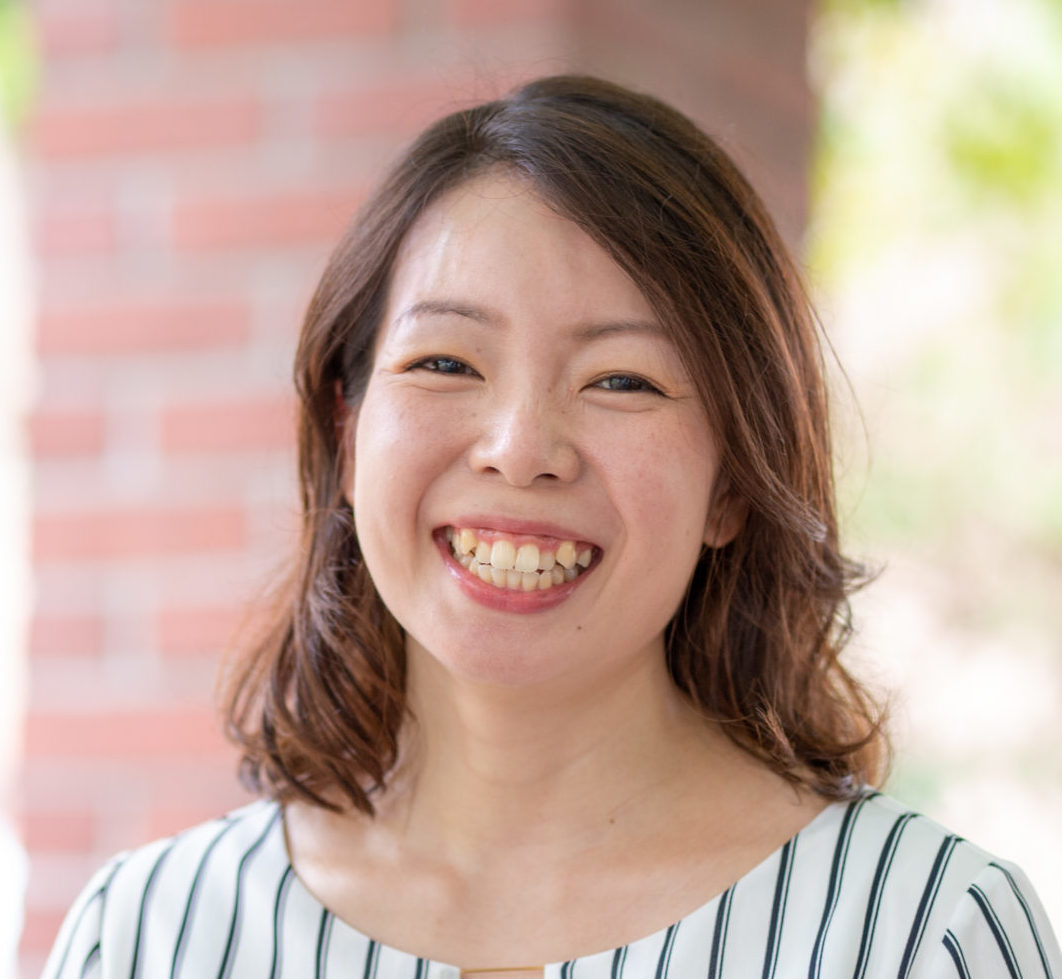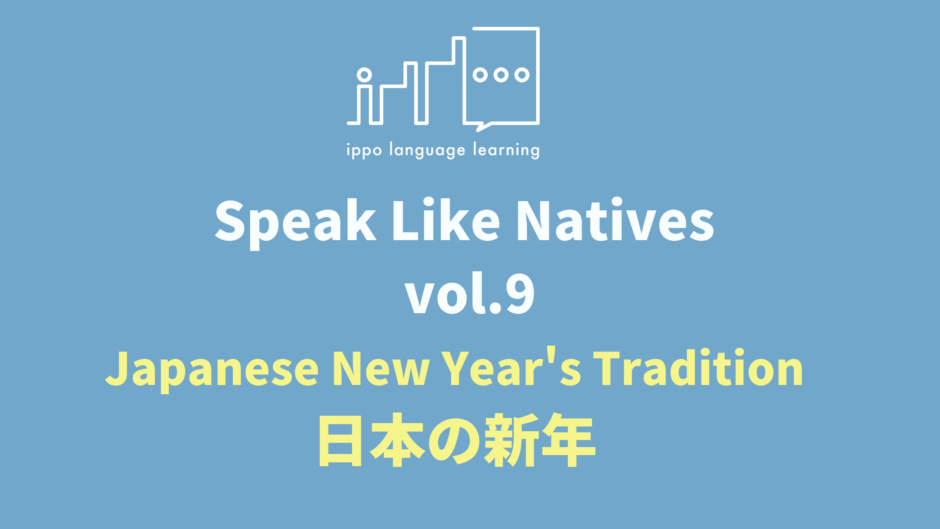Learn Japanese from natives!
For those of you who are tired of studying Japanese from your textbook, and willing to speak more natural Japanese like natives, you clicked on the right page!
We post natives’ casual conversation skits for you to show how Japanese people talk in real life.There are useful key phrases you can try just from tomorrow. Enjoy!
Vol. 9 Japanese New Year’s Tradition
Situation
Natsuko and Aya are talking about New Year’s plans and schedules.
Many events are coming up towards the end of year in Japan!
Let’s see what it is like to Japanese people.
Conversation

もうすぐ年末(ねんまつ)だね!今年の初めに立てた新年(しんねん)の抱負(ほうふ)、まだ全部(ぜんぶ)できてないなぁ。
Mousugu nenmatsu dane! Kotoshi no hajime ni tateta shinnen no houfu, mada zenbu dekitenai na…
It’s almost the end of 2020! I still haven’t accomplished some of this year’s resolution…

何(なに)が残(のこ)ってるの?
Nani ga nokotteruno?
What’s left?

毎日(まいにち)ジョギングをすることとか…
Mainichi Jyogingu wo surukoto toka…
umm..like, do some jogging everyday…?

…それ、少し(すこし)でもやろうとした?
…Sore, sukoshi demo yarouto shita?
…Have you even tried to start?

…来年(らいねん)から始(はじ)める!
…Rainen kara hajimeru!
…I will, starting from next year.

そういえば、年越し(としこし)はどこでするの?実家(じっか)?
Souieba, toshikoshi wa dokode suruno? Jikka?
By the way, where do you spend the year-end? At your parent’s home?

うん。元旦(がんたん)に、家族と神社(じんじゃ)で初詣(はつもうで)をする予定だよ。
Un. Gantan ni, kazoku to jinjya de hatsumode wo suru yotei dayo.
Yes, we are going to do a first visit to a shrine on the 1st of January.

そういえば、姪(めい)と甥(おい)にお年玉(としだま)を用意(ようい)しなくちゃ!!
Souieba, mei to oi ni otoshidama wo youi shinakucha!!
Oh, I have to prepare Otoshisama for my niece and nephew !

わたし、その前(まえ)に年賀状(ねんがじょう)書(か)かなきゃ…あと大掃除(おおそうじ)もある!大忙(おおいそが)し!
Watashi, sonomaeni nengajyo kakanakya…ato oosoji moaru! Ooisogashi!
Oh before that, I have to finish writing new years cards…and do a year end house cleaning. Hectic…

そうだね、師走(しわす)は忙(いそが)しいよね。コロナもあるし、うちは今年(ことし)、おせち料理(りょうり)は準備(じゅんび)しないんだ。
Soudane, shiwasu wa isogashii yone…Corona mo arushi, uchi wa kotoshi wa Osechi ryori wa jyunbi shinainda.
Yea December is the busiest in the year…Becauase of COVID-19, we are not having Osechi dishes this year.

同(おな)じく!夏子(なつこ)と次(つぎ)会(あ)うのはもう来年(らいねん)だね。よいお年(とし)を!
Onajiku! Natsuko to tsugi auno wa mou rainen dane. Yoi otoshi wo!
Same here! I won’t see you this year anymore right…Have a good year end! (Enjoy your holidays!)
Key Phrases
- 新年(しんねん)の抱負(ほうふ) Shinnen no houfu
– New year’s resolution
We like to make New Year’s resolutions and talk about them in Japan, however it is always difficult to keep up your mind for a year (…Yes, It’s about me!! by Aya)
ex.) 新年(しんねん)の抱負(ほうふ)は決(き)めた?
Shinnen no houfu wa kimeta?
Have you made any New Year’s resolutions?
- 年越(としこ)し Toshikoshi
– crossing the year, spend the year end
We usually have a family get together to celebrate the New Year. Spending the year end and counting down to the next year is called “Toshikoshi”.
We have a tradition to eat Soba(Japanese noodles) on Toshikoshi, and it is called Toshikoshi Soba.
In some countries, people have count down party on New Year’s Eve, but it is more like a family gathering time for us in Japan!
- 実家(じっか) Jikka – Parent’s home, Family home
- 元旦(がんたん) Gantan – 1st of January
- 初詣(はつもうで) Hatsumoude – do a first visit to a shrine
Visiting a shrine for the first time in the new year is “Hatsumode”.
Many people even make lines at shrines from the late night of December 31th, to give a very first New Year’s visit to God.
Aya’s family normally spends the night watching TV shows at home, in a warm house…It’s too cold to visit a shrine at midnight at this time of year…
Natsuko’s family visits the shrine near her house, eat “Toshikoshi Soba” that is cooked by the local community center, and ring the new year’s bell and drink sake.

- お年玉(おとしだま)Otoshidama
Otoshidama is a monetary gift on new year’s day to children by adult relatives. It is usually given in special envelopes called “pochi-bukuro”.
There are no strict rules on the amount of money. It depends on the family and the age of the children.
- 年賀状(ねんがじょう) Nengajo
– New Year’s greeting card
Nengajo is a Japanese custom to send greetings to the family, friends, co-workers etc. It is a similar culture to how people send Christmas cards in Western countries.
Year zodiac animal is commonly designed on cards, which is a cow in 2021!
However, as the Internet is expanding, less and less people are following this tradition.
There are many people who send greetings online now.
- 大掃除(おおそうじ)Oosouji
– A year end house cleaning
Oosouji is a tradition of deep house cleaning at the end of year.
In this way, we prepare to welcome the new year in nice and fresh home.
- 師走(しわす)Shiwasu – December
Shiwasu is an another way to say “12月(じゅうにがつ)”“December”.
It is an older Japanese term.
師(Shi)used to indicate monks at temples, and towards the end of the year monks have to rush(走 hashiru) visiting people’s home to pray.
A lot of people in Japan believe that December is the busiest time of the Year (and it is actually true!).
So we still use this traditional way of callin months especially for December to imply how busy they are.
- おせち料理(りょうり)Osechi Ryori
– Japanese New Year’s dish
Osechi Ryori is a traditional dish served in New Year’s.
It is usually packed in 2-3 layers of boxes (ojubako) and there are many different kinds of dishes in each layer.
Every dish has a special meaning for New Year’s fortune.
- よいお年(とし)を Yoi otoshi wo
– Have a good year end!
It is a typical phrase said at the end of the year to friends, when you know you are not going to see the person before the upcoming new year.
Literally means “Have a good year end!”.
Its translation can probably be like “Enjoy your holidays!” in English.
- 新年の抱負 Shinnen no houfu – New year’s resolution
- 年越し Toshikoshi – crossing the year, spend the year end
- 実家 Jikka – Parent’s home, Family home
- 元旦 Gantan – 1st January
- 初詣 Hatsumoude – do a first visit to a shrine
- お年玉 Otoshidama
- 年賀状 Nengajo – New Year’s greeting card
- 大掃除 Oosouji – A year end house cleaning
- 師走 Shiwasu – December
- おせち料理 Osechi Ryori – Japanese New Year’s dish
- よいお年を Yoi otoshi wo – Have a good year end!



